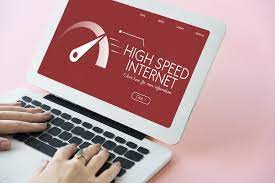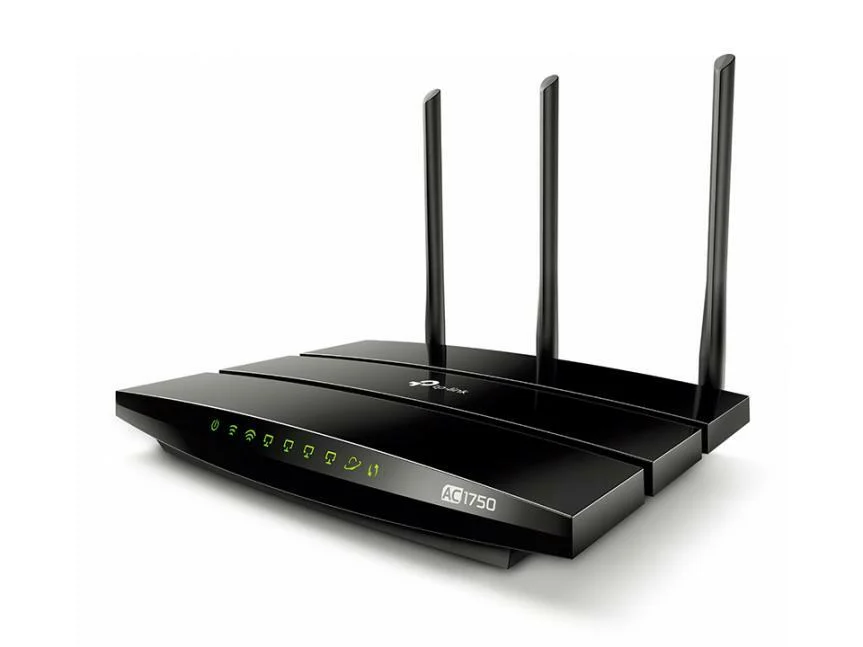In today’s digital age, access to the internet has become a basic necessity for daily life, from education to healthcare and employment. However, not everyone has equal access to the internet, and this divide is particularly evident in low-income communities. The digital divide refers to the disparity between those who have access to digital technologies, such as the internet, and those who do not.
The digital divide is a serious issue in US cities, as low-income communities often lack access to the internet due to high costs and infrastructure limitations. This lack of access not only limits the opportunities available to these communities but also exacerbates existing inequalities.
Publicly owned internet, or municipal broadband, is an initiative that some US cities have implemented to address the digital divide. Publicly owned internet refers to internet services provided by local governments or public utilities, rather than private companies. These initiatives aim to provide affordable and reliable internet access to all residents, regardless of income.

The Current State of the Digital Divide in US Cities
The digital divide in US cities is a significant issue, with approximately 30% of households lacking access to high-speed internet. This lack of access disproportionately affects low-income households, with nearly 40% of households earning less than $20,000 per year lacking access to high-speed internet. This lack of access to the internet puts these households at a disadvantage in terms of education, job opportunities, and access to healthcare.
Low-income communities face several challenges in accessing the internet, including the high cost of internet services, the lack of internet infrastructure in certain areas, and the lack of digital literacy among residents. These challenges contribute to the persistent digital divide in US cities.
What is Publicly Owned Internet?
Publicly owned internet refers to internet services that are provided by local governments or public utilities. Some US cities, such as Chattanooga, Tennessee, and San Francisco, California, have implemented publicly owned internet to provide affordable and reliable internet access to all residents.
One of the main advantages of publicly owned internet is that it is not driven by profit, as is the case with private internet service providers. This means that the focus is on providing affordable and reliable internet access to all residents, rather than maximizing profits.
Can Publicly Owned Internet Close the Digital Divide in US Cities?
Publicly owned internet has the potential to bridge the digital divide in US cities by providing affordable and reliable internet access to low-income communities. However, there are several challenges to implementing publicly owned internet in US cities.
One of the main challenges to implementing publicly owned internet in US cities is opposition from private internet service providers. These companies may view publicly owned internet as a threat to their business and may lobby against it. Additionally, the upfront costs of building and maintaining publicly owned internet infrastructure can be significant.

Despite these challenges, there is evidence that publicly owned internet can be effective in bridging the digital divide. For example, Chattanooga, Tennessee, has seen significant economic growth since implementing publicly owned internet, and residents have reported high levels of satisfaction with the service.
Comparing publicly owned internet to other initiatives to bridge the digital divide, such as subsidies for low-income households and the expansion of private internet service providers, shows that publicly owned internet has several advantages. Publicly owned internet can provide more affordable and reliable internet access than private companies, while subsidies and private providers may not address the underlying issues of infrastructure and affordability.
Another advantage of publicly owned internet is the potential for increased privacy and security. Private internet service providers are known to collect and sell customer data, which can be a significant concern for many internet users. Publicly owned internet, on the other hand, can be designed with strong privacy protections and encryption to ensure that user data is kept secure.
Furthermore, publicly owned internet can prioritize providing services to underserved communities and areas where private internet providers have not shown interest. This can help to ensure that all residents have access to essential online services, regardless of where they live or how much money they have.
Despite these potential benefits, there are still challenges that need to be addressed in order to implement publicly owned internet successfully. One challenge is the need for significant upfront investment in infrastructure and ongoing maintenance costs. Additionally, local governments may not have the expertise or resources necessary to operate and manage a broadband network effectively.
The Benefits of Publicly Owned Internet
One of the main benefits of publicly owned internet is that it can provide high-speed internet access to areas that may not have had access otherwise. This can help bridge the digital divide and provide more equal access to information and resources. Additionally, publicly owned internet can often be more affordable than privately owned internet, as the city or municipality is not focused on making a profit.

Case Studies: Publicly Owned Internet in US Cities
Several US cities have implemented publicly owned internet, and the results have been promising. For example, Chattanooga, Tennessee, implemented a city-owned fiber optic network in 2008. Since then, the city has seen significant economic growth and job creation, with some estimates suggesting that the network has contributed to the creation of over 9,500 jobs and $1.3 billion in economic development.
Another successful example is Ammon, Idaho, which implemented a city-owned fiber optic network in 2016. The network allows residents to customize their internet speeds and services, and has resulted in lower costs for internet access in the city.
Potential Challenges
While publicly owned internet has the potential to provide many benefits, there are also some potential challenges to consider. One of the main challenges is the cost of implementing and maintaining the infrastructure. Additionally, there may be legal or regulatory barriers to implementing publicly owned internet, as some states have laws that limit or prohibit municipalities from owning their own internet infrastructure.
In conclusion, while there are challenges to implementing publicly owned internet in US cities, it has the potential to provide affordable, reliable, and secure internet access to all residents, especially those in underserved communities. By prioritizing the digital divide and investing in publicly owned internet infrastructure, US cities can ensure that all residents have access to the opportunities and resources provided by the internet.
In conclusion, the digital divide is a significant issue in US cities, and publicly owned internet has the potential to bridge this divide by providing affordable and reliable internet access to all residents. While there are challenges to implementing publicly owned internet, it is an initiative worth considering for cities looking to address the digital divide and promote equity. By investing in publicly owned internet, cities can ensure that all residents have access to the opportunities and resources provided by the internet.



